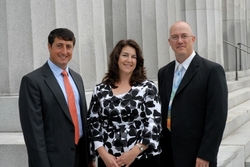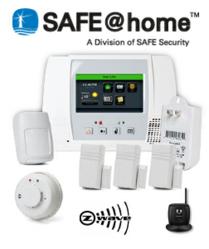
(PRWEB) March 22, 2011
The proposed bill expands Vermonts captive laws, to include allowing cells within a sponsored cell captive to be formed as incorporated protected cells. Vermont currently allows protected cells created by contract alone. This presents another option for a cell owner in addition to cells created by contract alone, said David Provost, Deputy Commissioner of Vermonts Captive Insurance Division. Weve heard from the captive industry that they wanted the option of having incorporated cells. This legislation does just that, without limiting any rights or protections afforded by cells created by contract.
After a strong 2010 with the licensing of its 900th captive insurance company, the State of Vermont is proposing changes to the Captive Insurance law in the legislature as part of its annual enhancements to its captive statute, according to the Department of Banking, Insurance, Securities and Health Care Administration (BISHCA).
“It is critical that we are responsive to the industry, said Governor Peter Shumlin. Since 1981, when Vermont became a domicile, Governors and Legislatures have united in keeping us the gold standard for regulation of this industry and these proposals are in keeping with that tradition, he added.
The proposed bill, H438, expands Vermonts captive laws, to include allowing cells within a sponsored cell captive to be formed as incorporated protected cells. Vermont currently allows protected cells created by contract alone. This presents another option for a cell owner in addition to cells created by contract alone, said David Provost, Deputy Commissioner of Vermonts Captive Insurance Division. Weve heard from the captive industry that they wanted the option of having incorporated cells. This legislation does just that, without limiting any rights or protections afforded by cells created by contract.
Another component of the legislation will expand the potential types of companies that may be sponsors of cell structures. This change will address the perceived restrictions regarding whom may be a cell owner and will reinforce that the insurance commissioner will have full discretion in deciding who may be a sponsor, said Dan Towle, Vermonts Director of Financial Services.
Another change has been proposed to create greater flexibility within cell structures. This change will eliminate the current restrictions on cell business. Business written by a sponsored captive will no longer be required to have it be fronted, reinsured or secured by a trust. This requirement will now be at the discretion of the commissioner.
“Vermont will continue to license quality companies that may be sponsors of cell structures. Any company that continues to meet our regulatory standards may be a sponsor and companies will now have greater flexibility in their structures and their ownership, said Provost. Vermont currently has 18 sponsored cell captives with approximately 100 individual cells.



